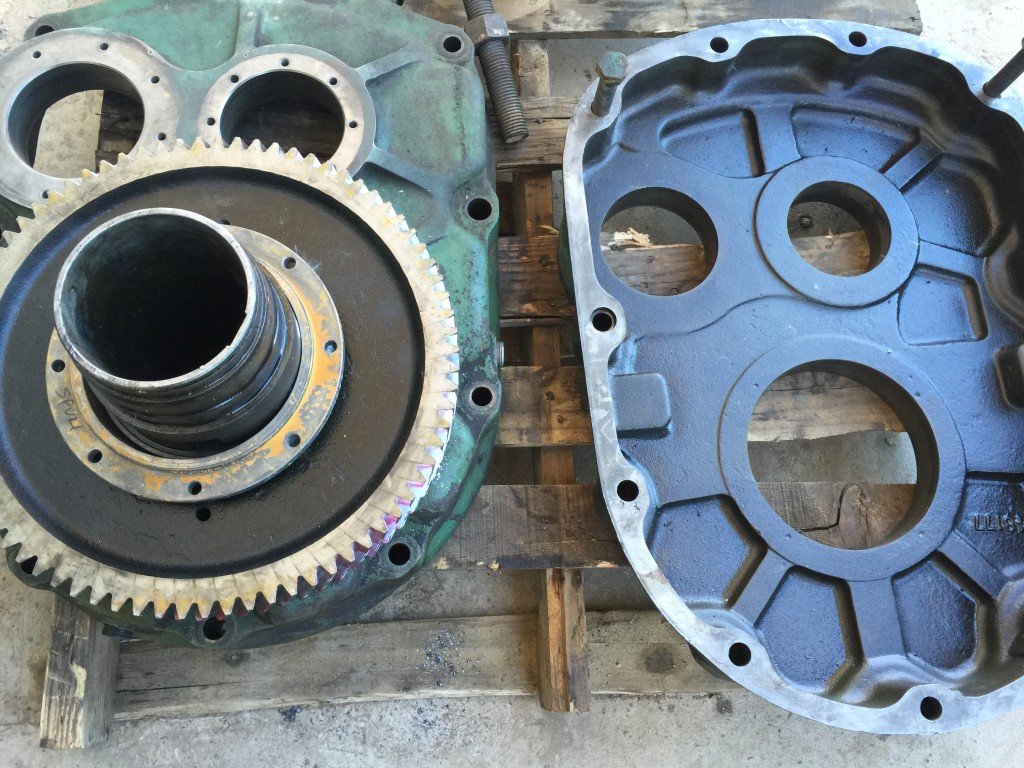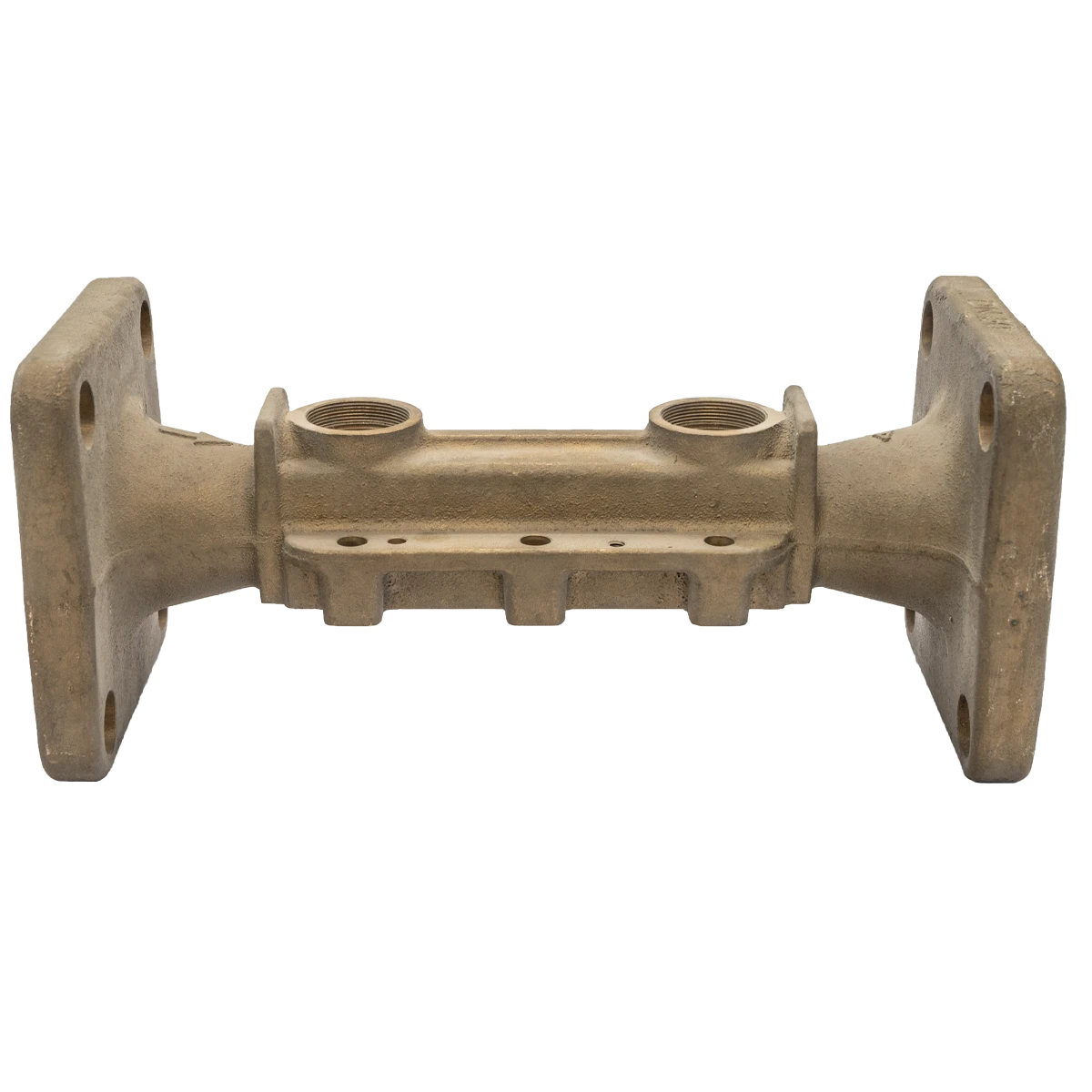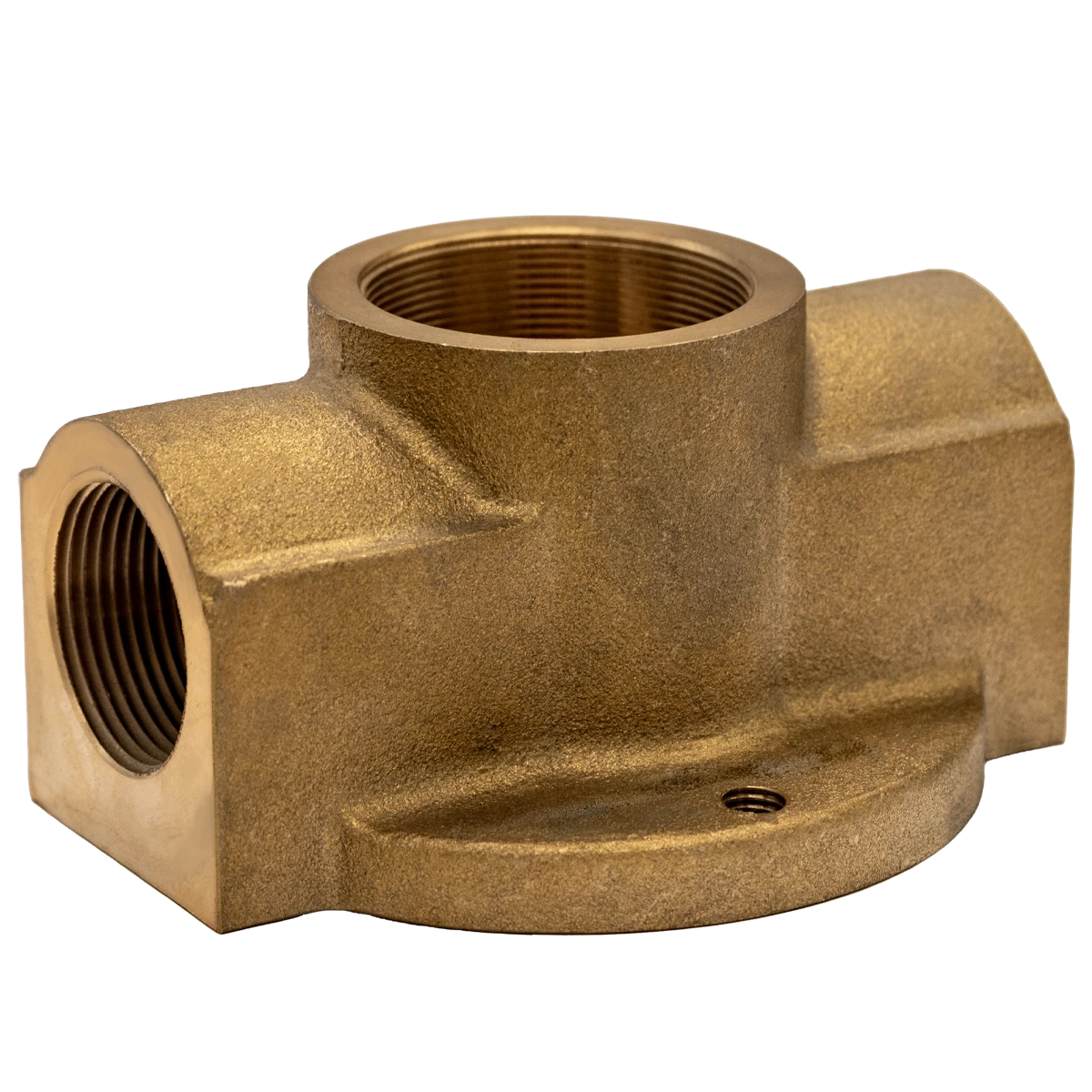Mobile:+86-311-808-126-83
Email:info@ydcastings.com
English
Design Considerations for Casting
Design Considerations for Casting
Casting is one of the fundamental processes in manufacturing that transforms molten metal into solid components with intricate shapes and sizes. When designing for casting, it is crucial to consider several factors that ensure the production of high-quality parts. This article delves into key design considerations to optimize the casting process.
Material Selection The first consideration is the selection of appropriate casting materials. Different metals, such as aluminum, steel, or copper alloys, have unique properties that affect the casting process. Factors such as melting point, fluidity, and cooling rates need to be evaluated to ensure compatibility with the intended application. For instance, aluminum is often chosen for its lightweight and good corrosion resistance, making it ideal for automotive components.
Design Geometry The geometry of the casting is another critical factor. Designs should facilitate the flow of molten metal into the mold. Avoiding sharp corners and incorporating fillets can help reduce turbulence and air entrapment, which can lead to defects. A uniform wall thickness is essential to ensure even cooling and reduce the risk of warping or cracking. Draft angles should also be included to facilitate mold release, allowing for easier extraction of the final product.
design considerations for casting

Mold Design The design of the mold itself plays a significant role in the casting process. Molds must be durable to withstand the high temperatures of molten metal. Additionally, they should be designed to minimize thermal distortion and shrinkage, which can affect dimensional accuracy. Proper venting must be incorporated to allow gases to escape during the pouring process, reducing the risk of porosity in the casting.
Casting Techniques Different casting techniques, such as sand casting, investment casting, or die casting, can influence design decisions. Each method has its advantages and limitations in terms of complexity, cost, and surface finish. Selecting the appropriate casting technique based on production volume and part specifications is essential for optimizing the design.
Post-Casting Considerations Finally, it is essential to consider post-casting processes, such as machining or surface treatments, which may be required to meet the final specifications. Designs should allow for any additional operations without compromising the integrity of the part.
In conclusion, effective design for casting involves a comprehensive understanding of material properties, geometry, mold design, casting techniques, and post-casting requirements. By carefully considering these factors, manufacturers can enhance the efficiency and quality of their casting processes, resulting in superior products that meet the demands of various industries.
-
Materials Used in Manufacturing Cap End Pipe FittingsNewsNov.24,2025
-
Material Properties of CF8M CastingNewsNov.24,2025
-
How to Inspect Pump Cap Ends for DamageNewsNov.21,2025
-
Backward Curved Impeller – Efficient Airflow Solutions for Industry | YD CastingsNewsNov.21,2025
-
Automobile Water Pump - Efficient, Quiet, Durable & ElectricNewsNov.21,2025
-
Impeller for Pumps – High-Efficiency, Durable, OEM-ReadyNewsNov.21,2025











